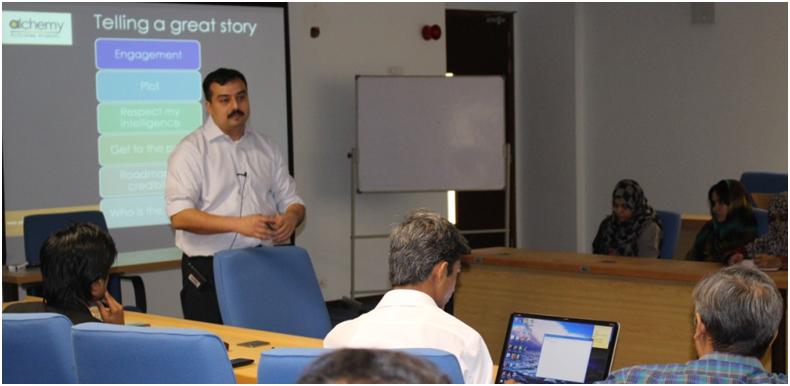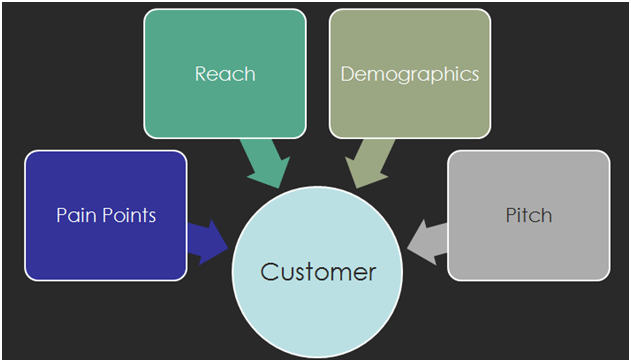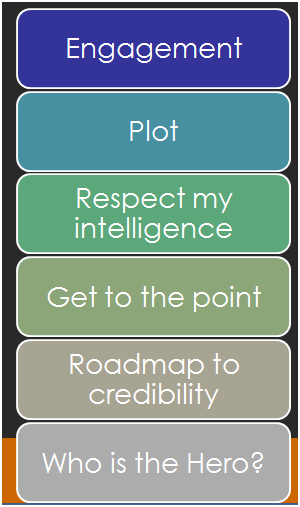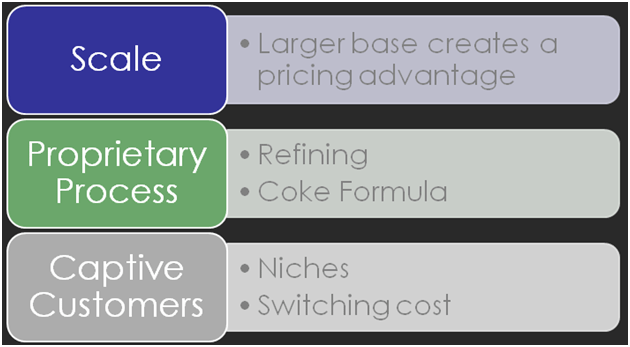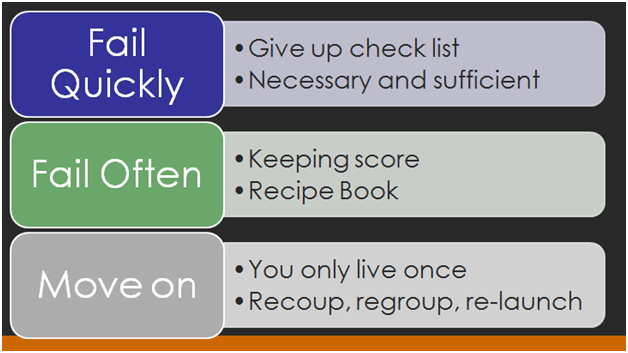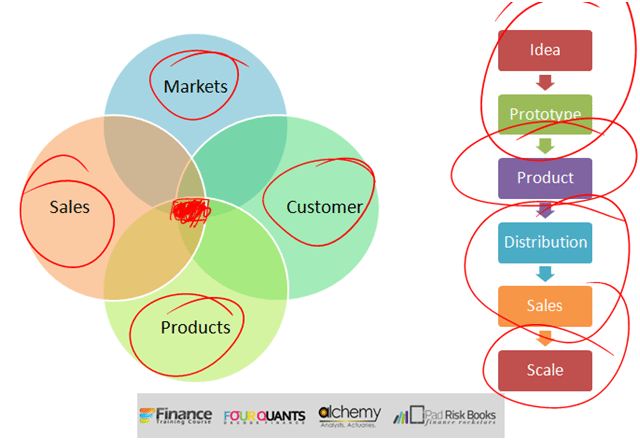Startup Crash Course for Entrepreneurs
Teaching smart people is always difficult. Teaching them about a subject that they possibly know a lot more than you do is an even bigger uphill task. Over the years I have figured out one approach that tends to work better than others. Take a few core ideas and then drill them down. If you can add a few examples to make the ideas relevant and sticky, even better.
Last Saturday when we got together to run the PASHA Entrepreneurship crash course for startup younglings, we used the same format. With about twenty students in the room, we spent about six hours at KSBL, lecture room 3, focusing on core themes. For those of you missed it, here are the ideas again.
Focus on the basics. Do not talk about the box or the book.
The box is your product. The book is your historical autobiography. In great pitches there is room for neither of the two. A great pitch only has one focus. What is the customer’s pain and how can we solve or address it. Anything else is irrelevant.
Building the discipline to talk about customer pain is difficult. You would be surprised how the best amongst us still manage to sneak in a few snippets from both the book and the box.
One technique that tends to do wonders is painting a Mona Lisa of your customer. See the next post or Reboot, 3rd edition for details.
What is the engaging plot behind your engaging pitch.
An engaging pitch is like an engaging movie. It has a plot. Where is the plot that holds your pitch together?
Pick ideas and businesses with gate keepers who would only let you in.
There are three primary competitive advantages. For a startup two are irrelevant. Can you guess which one of the following makes the cut?
You get three shots. Make them count. Failure Framework.
It take 8 years for a business to get to a stage where the payoff is interesting and meaningful. That is if you succeed. If you fail, on average from the point you start to the point you are ready and can afford to do it all over again, is also just about 8 years. If you rode your first startup wave when you turned 21, and quit the startup life style when you turned 45, you have a window of 24 years. That gives you 3 shots. Two of which can be Stage II failures. You have to make all three count.
Building your roadmap to credibility
Your roadmap to credibility gives you an opportunity to document your understanding of what it would really take to execute on your plan? Using Guy Kawasaki’s terminology, it showcases your Milestones, Assumptions and Tasks.

